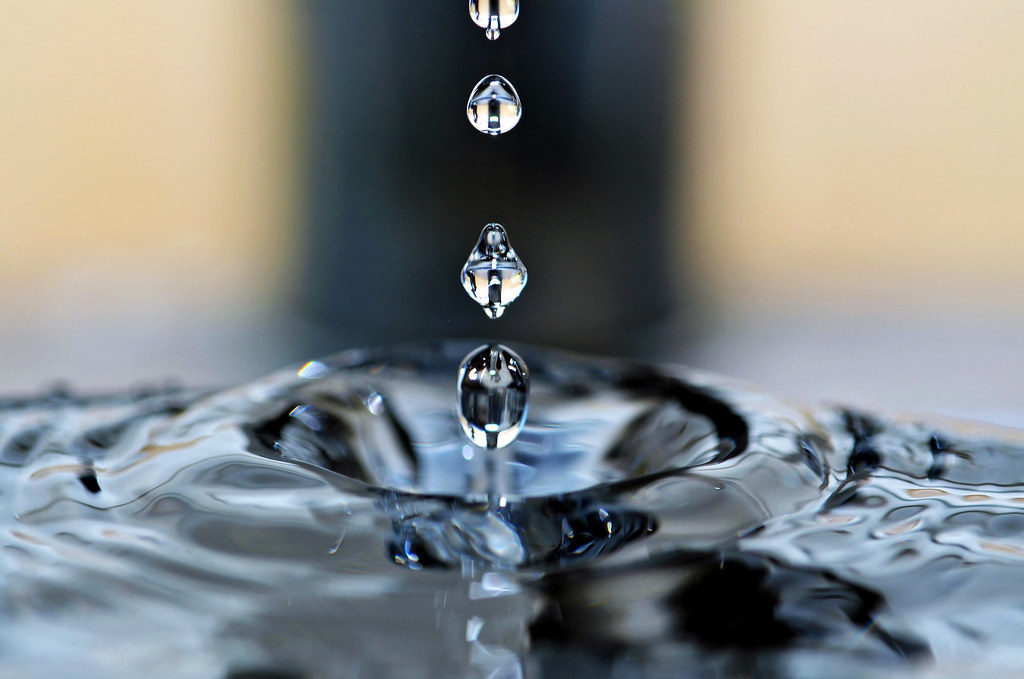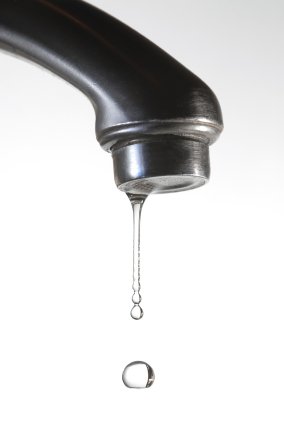Effects of a Busted Faucet
Effects of a Busted Faucet
Blog Article
What are your ideas concerning How to Fix a Leaky Faucet?

Intro
A dripping faucet might seem like a minor nuisance, however its effects prolong far beyond the occasional drip. Understanding the effects of a leaky tap is crucial for both homeowners and the setting. In this write-up, we'll discover the different effects of this common house concern and why addressing it quickly is vital.
Reasons For Leaky Faucets
Leaky taps can arise from a range of factors, consisting of damage, high water pressure, and corrosion. Over time, the consistent use faucets can bring about worn-out seals and gaskets, creating leakages to establish. Additionally, excessive water stress can put strain on plumbing components, causing leaks. Deterioration and rust can also damage faucet components, making them susceptible to leakage.
Water Waste
One of one of the most significant effects of a leaking faucet is water waste. Even a little drip can add up to gallons of drainage in time. This not just drives up water costs however additionally contributes to water deficiency and environmental deterioration. Addressing dripping faucets without delay is important for preserving this valuable source and reducing its influence on the planet.
Financial Influence
In addition to wasting water, dripping faucets can likewise have a significant financial effect. Increased water expenses are a straight consequence of water waste, setting you back property owners thousands of bucks yearly. In addition, the cost of repairing water damages caused by leaks can be considerable, specifically if left neglected for an extensive period.
Ecological Impact
The environmental impact of dripping faucets extends past water wastage. By saving water, homeowners can add to broader efforts to mitigate water shortage and shield natural ecosystems. Sustainable options such as rainwater harvesting and water-efficient components can further reduce the ecological impact of house water use.
Technological Solutions
Developments in modern technology have caused the growth of clever taps and water-saving devices that help lessen water wastage. Smart faucets make use of sensing units to spot motion and readjust water flow appropriately, minimizing waste without giving up ease. Water-saving tools such as aerators and low-flow showerheads are additionally efficient in conserving water without jeopardizing performance.
Worldwide Viewpoints
While leaking taps might seem like a local concern, they add to more comprehensive international difficulties such as water shortage and climate change. In areas already facing water anxiety, every drop counts, making leak avoidance and repair service crucial. By taking on water-saving practices and investing in lasting innovations, property owners can play their part in addressing these pushing worldwide problems.
Regulatory Actions
Federal government policies play an essential role in minimizing the effect of leaky taps and promoting water preservation. From building codes that call for water-efficient fixtures to water-saving motivations and refunds, policymakers have a range of devices at their disposal. By executing and enforcing these laws, governments can make certain that house owners prioritize water preservation in their daily lives.
Area Impact
Resolving leaky faucets requires cumulative initiatives at the neighborhood level. By increasing awareness concerning the value of water conservation and providing sources for leakage detection and repair, local authorities can equip property owners to do something about it. Efforts such as water-saving discount programs and leak detection campaigns can incentivize habits change and promote responsible water use.
Instance Researches
Real-life examples of the effect of leaky taps underscore the relevance of proactive upkeep and prompt repair work. From water damages to increasing water bills, the repercussions of ignoring leaks can be serious. By sharing these study, homeowners can better comprehend the relevance of addressing leaky faucets immediately.
Educational Campaigns
Educational projects play a vital duty in raising awareness about the impacts of leaking taps and advertising water preservation techniques. Via workshops, workshops, and on the internet resources, homeowners can discover just how to detect and fix leakages themselves. By empowering individuals with knowledge and devices, educational campaigns can promote a society of accountable water use within areas.
Wellness Problems
Leaking taps can create helpful environments for mold and mildew growth, positioning health risks to residents. The existence of mold can aggravate respiratory system concerns and allergic reactions, specifically in at risk people. Furthermore, water damages arising from leakages can endanger the architectural honesty of buildings and result in costly repair work.
Do it yourself vs. Specialist Fixing
When confronted with a dripping tap, home owners usually question whether to try repair work themselves or hire a specialist plumber. While do it yourself repair work can conserve money, they may not constantly attend to the underlying problem effectively. Professional plumbing technicians have the knowledge and devices to diagnose and fix leaks appropriately, guaranteeing lasting solutions and comfort for property owners.
Preventive Measures
Stopping leaking faucets requires regular maintenance and positive actions. Simple jobs such as replacing damaged washers and seals can stop leaks from developing. Additionally, updating to top notch components and reducing water pressure can help extend the life expectancy of taps and reduce the risk of leaks.
Conclusion
To conclude, the impacts of a dripping faucet expand much beyond the periodic drip. From water wastage and raised water expenses to health problems and ecological influence, the consequences of overlooking leakages can be considerable. By dealing with leaky taps without delay and adopting water-saving methods, homeowners can mitigate these effects and contribute to a much more lasting future.
Why You Shouldn’t Ignore a Leaky Faucet in Your Home
What Causes a Leaky Faucet?
Various factors can cause a leak, from loose and worn-out parts to corrosion. Your faucet has four essential components from which most plumbing issues will stem: the O-ring, the valve seat, the washer and the gasket.
What Is an O-Ring?
The O-ring is a stem screw that fastens parts of the faucet in place, preventing water from leaking out of the spout. Depending on your faucet type, the stem might have multiple O-rings. Water will drip from the faucet’s handles and base if this part breaks or deteriorates.
What Is a Valve Seat?
The valve seat controls the flow and temperature of the water. Found at the base of the handle, it works as a seal for the faucet’s stem. The valve seat ensures the water is allowed to flow or is blocked as the handles dictate. You’ll know it’s malfunctioning when water leaks from your faucet’s sides.
What Is a Gasket?
The gasket is found between the water inlet and the valve stem. It creates a seal between the faucet and the sink, holding its joints by aerators attached to the stem’s head. Water will trickle out from the base if the gasket isn’t working.
What Is a Washer?
The washer secures the handles and prevents leakage, serving a similar purpose to the O-ring. While the O-ring is ordinarily round and made from an elastic material, such as rubber, the washer is square-shaped and composed of brass, copper and other hard metals. If it malfunctions, corrodes or has been improperly installed, water will leak out of the handles, causing that incessant faucet drip.
Why Is a Leaky Faucet Dangerous?
A leaky faucet left alone for too long can have significant consequences.
Pest Infestations
Since bugs and rodents gravitate towards the scent of water, a leaky faucet will draw pests to your sink. Both are looking for leaks accessible through crawl spaces, which a faucet provides. If you leave water dripping for too long, you run the risk of an infestation.
Rust
If one of the faucet parts has started to corrode, the resulting rust can spread to your pipes and valves with startling speed. The rust might even lead to cracks or other impairments, resulting in more severe plumbing issues.
Your sink could also sustain damage from a leaky faucet. The water in your tap possesses sparse elements of calcium and iron that can stain your sink with repeated and prolonged exposure. Once those elements in the water have been open to the air for some time, your sink will start to rust, creating marks that can be difficult to remove.
https://www.tomsmechanical.com/blog/why-you-shouldnt-ignore-a-leaky-faucet-in-your-home

I came across that piece of writing on while looking around the web. Liked our piece? Please quickly share it. Help somebody else find it. Thank-you for going through it.
Report this page